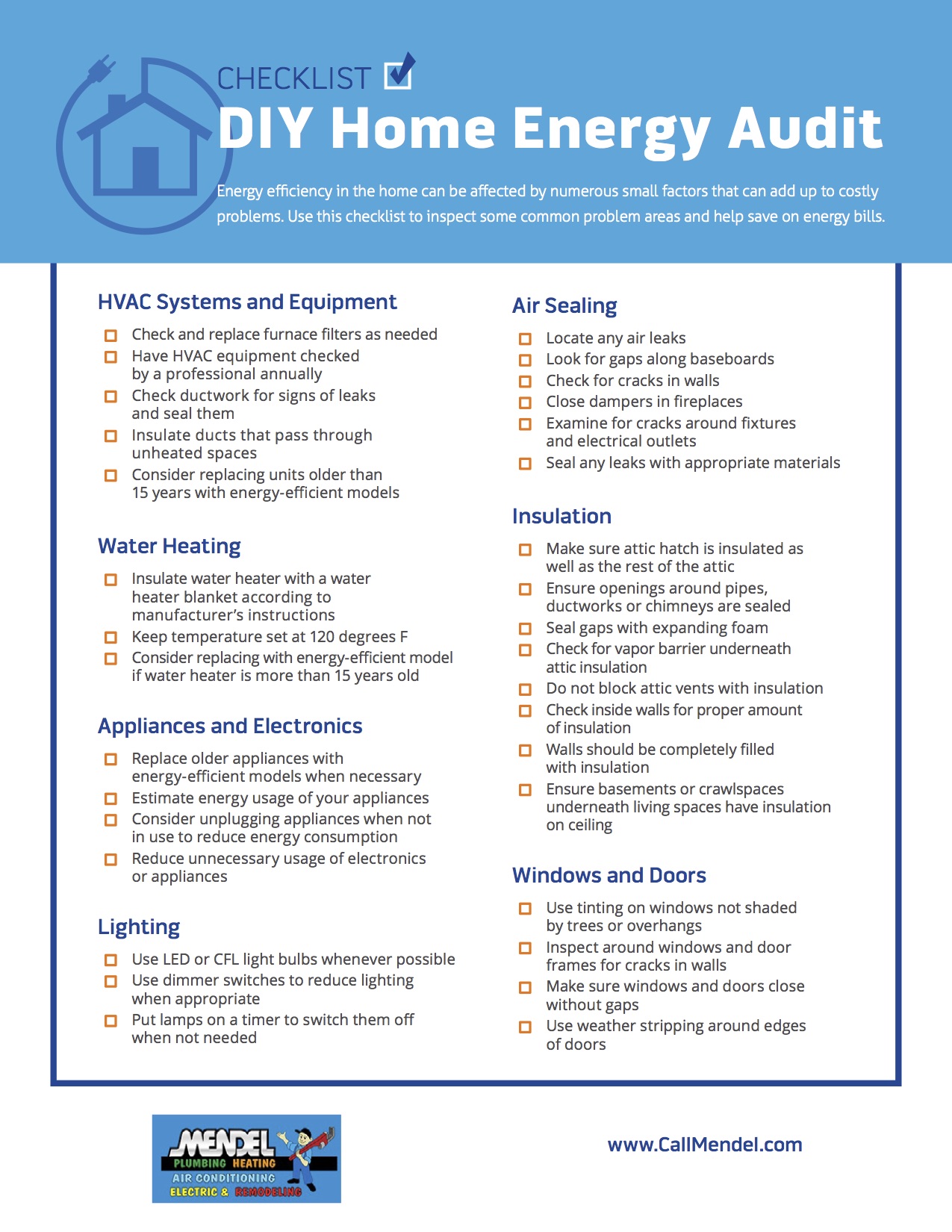There’s a price to pay for all the modern conveniences we enjoy, and it isn’t measured only in money. American homes consume a lot of energy — as measured by our energy bills as well as the impact on the environment and our natural resources.
Every time we wash a load of laundry; use the furnace to keep the house warm in winter; or even charge our phones, we’re causing a ripple effect that spreads beyond the confines of our homes, affecting the world around us. These ripples are, for the most part, unavoidable. However, we can have a say in how much of a price we pay for those consequences, both in terms of money and our environmental impact.
Today, energy saving technology for the typical American home is everywhere. Unfortunately, a significant amount of the energy consumed by the average American home ends up being wasted. This is due to seemingly insignificant details such as cracks in walls or windows, lights being left on when no one is in the room, or hanging on to old, inefficient appliances.
Yet all of those little issues add up to a big problem: Wasted energy costs American homeowners nearly $300 billion each year. That means, just about every homeowner in America could make a few minor improvements that would lessen their monthly costs and the impact it makes on the world.
Improving energy efficiency around the home doesn’t have to require going off the grid or living a 19th-century lifestyle. The best place for homeowners to start is to conduct an energy audit of their homes to locate any areas where they could make improvements. Although the best way to do this is to hire a certified professional to conduct an energy audit, homeowners can conduct their own DIY audits to at least get the ball rolling and identify some of the most troublesome spots.
For example, checking to make sure the home’s attic is properly insulated can provided significant cost savings by reducing the burden on their HVAC systems. Ensuring doors and windows are properly sealed also helps reduce energy consumption.
The following checklist, provided by Mendel Plumbing and Heating, can be used as a guide to help homeowners conduct DIY energy audits around their homes. Take a look, and you may be able to reduce the price you pay for modern living in more ways than one.





